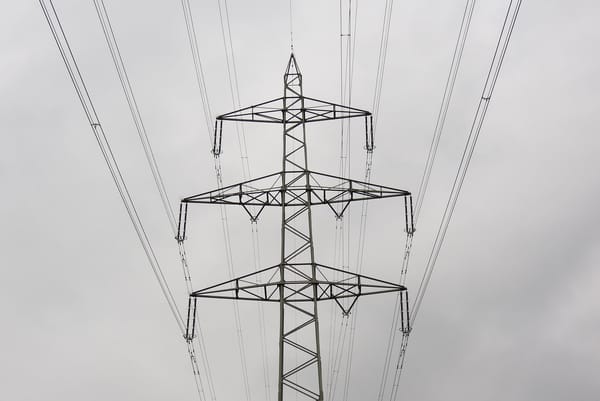3 steps to mitigate the risks of working near powerlines
In a reminder of the importance of performing a Job Safety Analysis to assess local conditions, the Queensland Electrical Safety Office and Workplace Health and Safety Queensland have reported that they are investigating an incident where a mobile crane contacted overhead powerlines.
One worker was electrocuted, another suffered serious injuries, while a third required hospital treatment.
Dangers of powerlines
The dangers of overhead or underground powerlines is well known. Direct contact with powerlines is not needed to receive an electric shock. This is because electricity can flash or arc across air gaps. The risk of arcing increases as the powerline voltage rises.
Your obligation
Workplace Health and Safety Queensland has reminded businesses working near overhead or underground electric lines that they must conduct a site-specific risk assessment.
The steps that the regulator advises should be taken are extracted below:
1. Develop a safe system of work before you start
- ensure no person, plant or object at the workplace comes within an unsafe distance of an overhead or underground electric line;
- identify overhead and underground powerlines by consulting the electrical entity, maps and talking to the property owner;
- conduct a site-specific risk assessment and develop a safe system of work to identify potential hazards, including energised overhead electric lines, associated electrical equipment and the whereabouts of any underground electric lines – considering:
- the type of plant and equipment/tools used;
- site and weather conditions;
- type of work being done; and
- set-up and pack-up procedures; and
- put risk controls in place – the most effective way of controlling the risk is to de-energise the line for the duration of work where there is a risk of contact.
2. Keep workers and contractors informed about electrical safety
- induct and train your workers and contractors in safe work procedures, emergency procedures, and exclusion zones;
- carefully plan the tasks to be completed near powerlines and work away from them whenever possible, not towards or underneath them;
- show your workers the safe distance from a powerline by using clear and resilient markings at ground and driver eye level; and
- ensure people are aware that powerlines sag or sway in hot or windy weather.
3. Avoid going into exclusion zones
- make powerlines and poles visible (ask your electrical entity for permission to paint power poles, mark pole stays and/or have them install markers or flags on the powerlines);
- operators should use a safety observer when working near powerlines; and
- follow the safety advice you obtain from your electrical entity.
From the experts behind the Health & Safety Handbook, the Bulletin brings you the latest work health and safety news, legal updates, case law and practical advice straight to your inbox every week.

